Creating Outdoor Spaces for Respite
Creating Outdoor Spaces for Respite
We love our yards and gardens for many reasons, but perhaps the most important function that they serve is to provide spaces for retreat and relaxation. Be it a place to read, meditate, or create, you can have many spaces for a garden getaway that restore body and soul. Here are 7 ideas for creating pleasurable, outdoor rooms in your landscape.
1. If you have shady areas already, that’s the place for comfortable chairs for reading. If you don’t have shade, or want to create a reading area closer to the house, a large market umbrella is the perfect way to make a spot for relaxing. Take advantage of the Cape Cod sea breezes, and be sure that you have some good circulation. A breeze not only keeps you cooler, but helps prevent mosquitoes from bothering you.
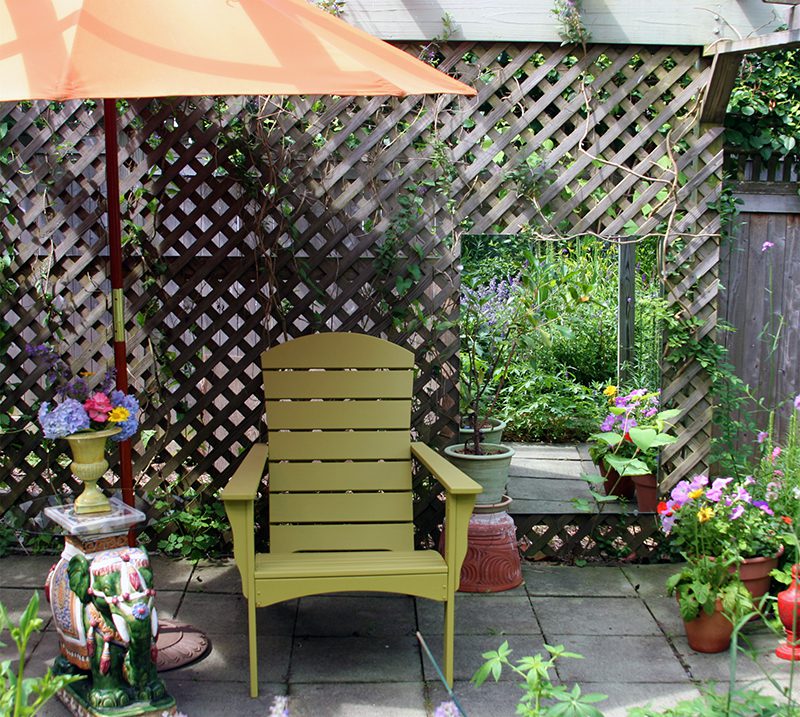
2. Create gardens that you can see from your seating areas. If you have a comfortable place for sitting, but there aren’t flowers within view, create a new bed for fill some containers with flowering annuals. If your current flower garden isn’t close to an area with furniture, think about how you can add a bench, chairs or glider so that you can appreciate that bed from a relaxing location. Flower gardens shouldn’t only be seen and experienced when we’re planting or weeding!
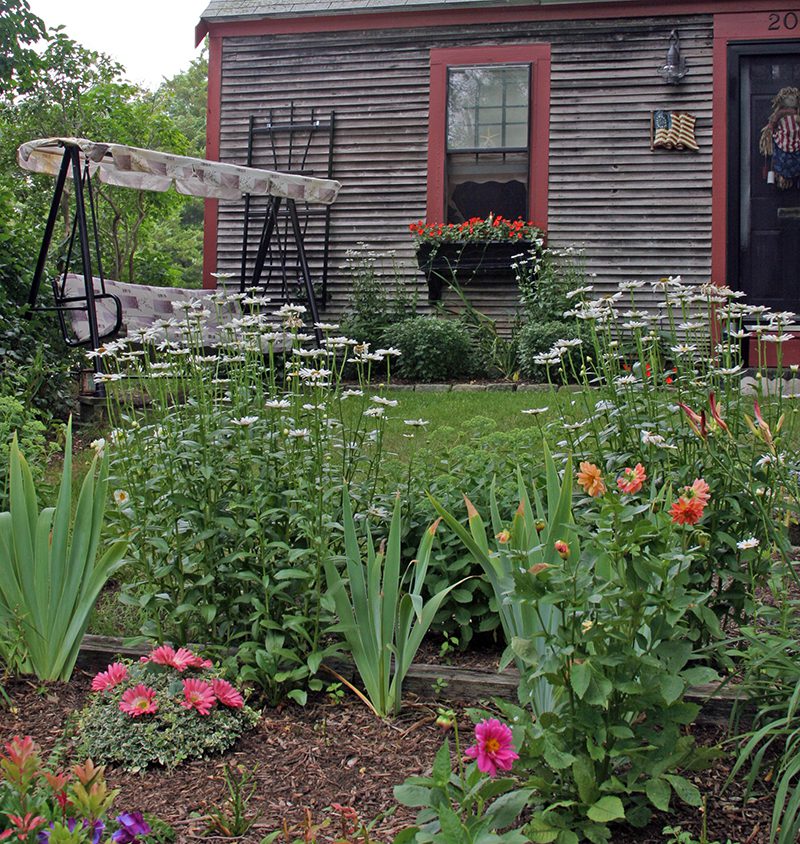
3. Be sure to include plants that attract birds and butterflies. Watching these winged wonders come and go is amazingly relaxing, so be sure to have flowers that are nectar sources. Cuphea, and Salvia are two annuals that will bring hummingbirds into your garden, and Zinnias and marigolds are sure to attract butterflies. A few perennials for this purpose include cardinal flower (Lobelia cardinalis), summer phlox (Phlox paniculata), fern leaf bleeding heart (Dicentra eximia), and Agastache.
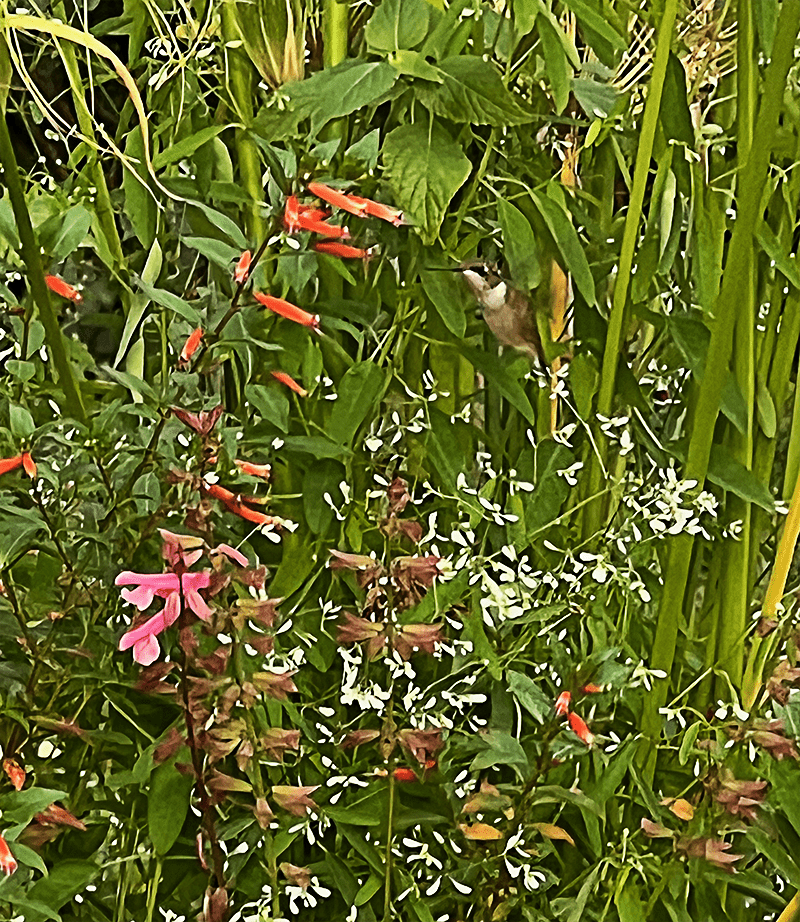
4. Create a place to meditate or pray outside. Place a bench in a private part of your yard for times of contemplation. Some prefer to keep such areas simple, with few distractions, and others wish to have statues, ornaments or objects that puts them in a reflective mood. There is no one right way, so fill such areas with plants or focal points that speak to your heart.
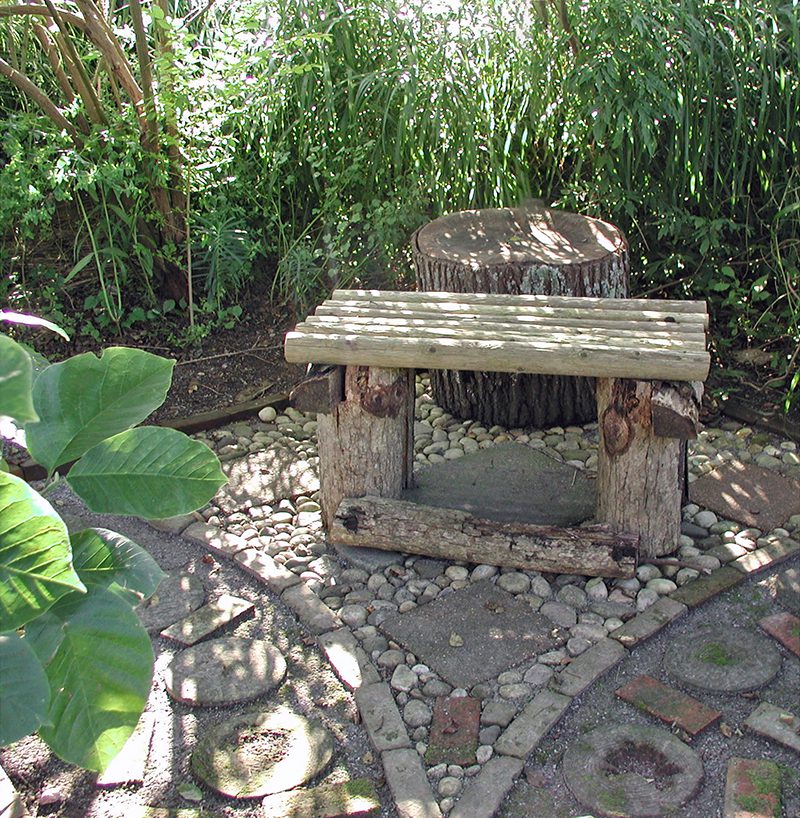
5. Use outdoor areas for creating. From writing to painting or crafts, there are many opportunities to use your yard and garden creatively. If you’re working on a computer, you’ll want a place where you can set the laptop, plug into a power source, and tap into your wireless signal. Shade is also helpful so that you can see your screen. Sturdy work tables are a good idea for outdoor art and craft studios, be they a good height for standing or sitting. Consider building a gazebo or shed where the creative juices can flow.
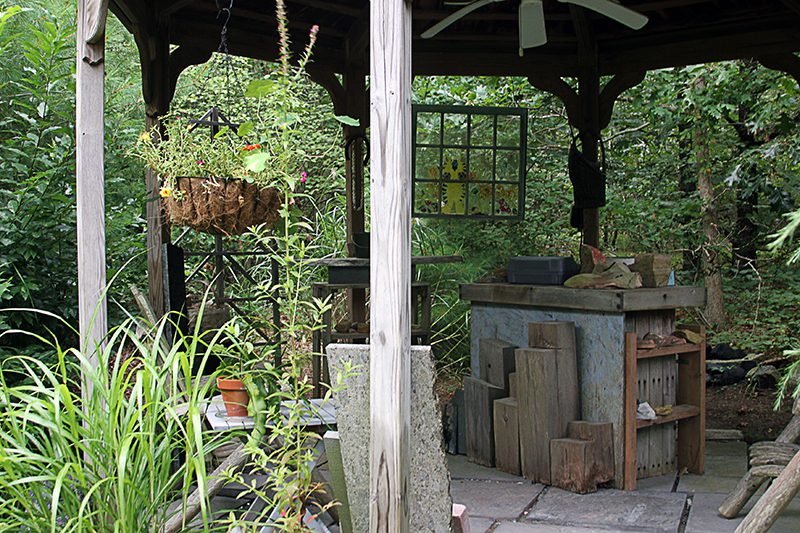
6. Your garden should make you smile. Add plants or objects that make you happy. Gardens with a great deal of plant texture can be improved by adding something solid such as rocks, ornaments, a water feature or birdbath.

7. Celebrate the seasons. Time flies by no matter what we do, so why not rejoice in the progression of the seasons? From seasonal displays on your porch, deck or patio, to adding plants that call attention to the current month, changing the plantings from spring through the summer, fall and winter is therapeutic.

For more ideas about creating a meditation garden, click here.
Subscribe To Our Newsletter
Sign up for our weekly email about sales and events.
